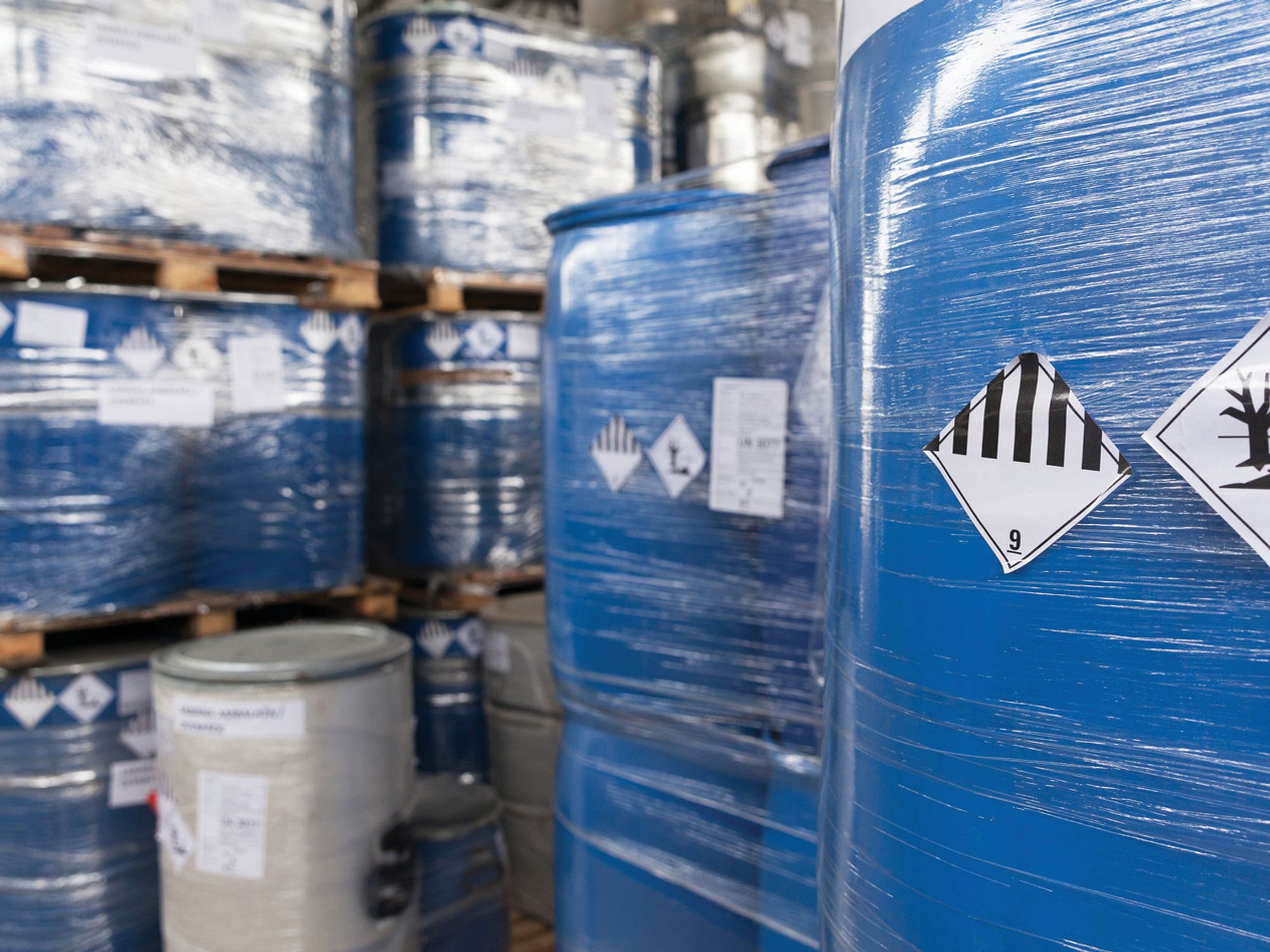Determining hazardous waste

- EPA calls waste identification the most important step in the regulations for generators of solid waste.
The first step in waste management is determining if a business has hazardous waste. Waste determination is also called waste identification or waste characterization. The important regulatory citations related to waste identification are 40 CFR 260 (Hazardous Waste Management System: General); 40 CFR 261 (Identification and Listing of Hazardous Waste); and 40 CFR 268 (Land Disposal Restrictions).
The Environmental Protection Agency (EPA) calls waste identification the most important step in the regulations for generators of solid waste. If a company fails to identify a waste as a hazardous waste, the business sends it down a path of waste mismanagement — and any associated enforcement actions.
In summary, the requirements for hazardous waste identification include:
- Make a waste determination on waste streams (e.g., compact fluorescent light bulbs, batteries, used oil, production wastes, wastewater, used oil, spent solvents, etc.).
- Go through the steps to determine if the company has a hazardous waste:
- Is it a solid waste?
- Is the waste excluded from the definition of solid waste?
- Is the waste a listed or characteristic hazardous waste?
- Does the waste qualify for an exemption from the definition of solid waste?
- Understand if the waste is prohibited from land disposal and must be treated according to the Land Disposal Restrictions (also known as LDRs).
- Implement a Waste Analysis Plan and keep required documentation.
